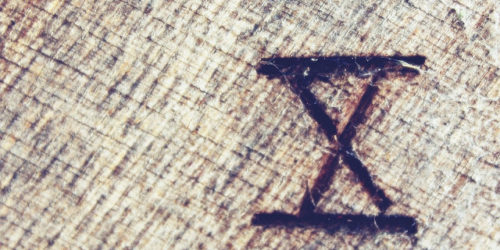Learning with The Family History Guide
If you are somewhat new to The Family History Guide website, you may not be aware of the amazing tools it has for learning family history. In this article we’ll explore the essential learning tools on the site and how to use them effectively.
The Learning System
This is the educational core of The Family History Guide. Rather than presenting just a search box to look for answers, or a collection of articles you can sift through, the web site offers a complete learning framework. This framework is structured yet flexible, so you can start where you need to and still find step-by-step guidance for what you want to learn.
The Learning System in The Family History Guide is organized into nested information “boxes” you can explore:
- Projects—These are large boxes of information, available in the menus for FamilySearch, Ancestry, MyHeritage, Findmypast, and Countries. Each Project has several Goals.
- Goals—These are medium-sized boxes, with links located at the top of each Project page, as well as Show-Me instructional videos. Each Goal has several Choices.
- Choices—These are smaller boxes, labeled A, B, C, etc. Each Choice contains step-by-step instructions, links to articles and videos, summaries, and exercises.

With the Learning System, you can learn how to use FamilySearch, Ancestry, MyHeritage, Findmypast, research basics, DNA test results, country research, and more. Using this powerful learning framework enables you to customize your learning path and quickly make progress in the areas you feel are most important. It also unlocks to door to accelerating your own research, as you combine just-in-time learning with other research tools available in The Family History Guide, such as QUIKLinks.
Learning Styles
Most Choices offer a dual approach: you can read the step-by-step instructions, or open articles or videos to study, or do both. If you want to locate something specific in The Family History Guide, you can use the Search icon (magnifying glass) at the top of each screen, or use the alphabetical list in the Topics page.
Guidance for Beginners
If you’re new to family history, The Family History Guide offers some great resources. The Get Started page focuses on questions you might have and helps you find a family history path that is meaningful to you. If you prefer to start off with a limited set of options, the Beginner’s Path offers an easy way to get acquainted with FamilySearch and other tools.
Knowledgebases
There are two knowledgebases in The Family History Guide: one is for general and United States research, and the other is for research in countries around the world. Each knowledgebase offers “bite-sized” nuggets of information you can quickly find and read, to boost your research IQ.
Layered Learning: The Vault
You’ll notice that each step in any given Choice has no more than two links to articles or videos. That helps to slow the information flow and avoid info overload as you learn. If you want to explore additional resources for any topic, the Vault page likely has what you are looking for. It features links to hundreds of additional articles and videos, arranged by category, with links to and from the main sections in The Family History Guide.
Quizzes and Exercises
To help you measure your learning progress, there are quizzes for many of the Goals. They are a mix of multiple choice, true/false, matching, etc., with an 80% accuracy required for passing. Quizzes can be taken with the website closed or open. You can see a complete listing of the quizzes on this page.
Online Tracker
As you measure your learning, the Online Tracker is a great way to keep track of your progress. It’s the only place in The Family History Guide that requires a free login. Once you set up your username and password, you can take notes for every Choice on the website, as well as move slider bars that correspond with exercises you have completed. You can even run reports that show learning progress over time, for you or for a group you manage. For more information, see the Online Tracker Help pages.
Resource Stars
Each article and video link in The Family History Guide is preceded by a star. You can click a star to darken it, which indicates you have read the corresponding article or watched the video. To produce a list of all star resources you have marked in the entire website, including titles and links, you can run a Stars Report in the Online Tracker.





